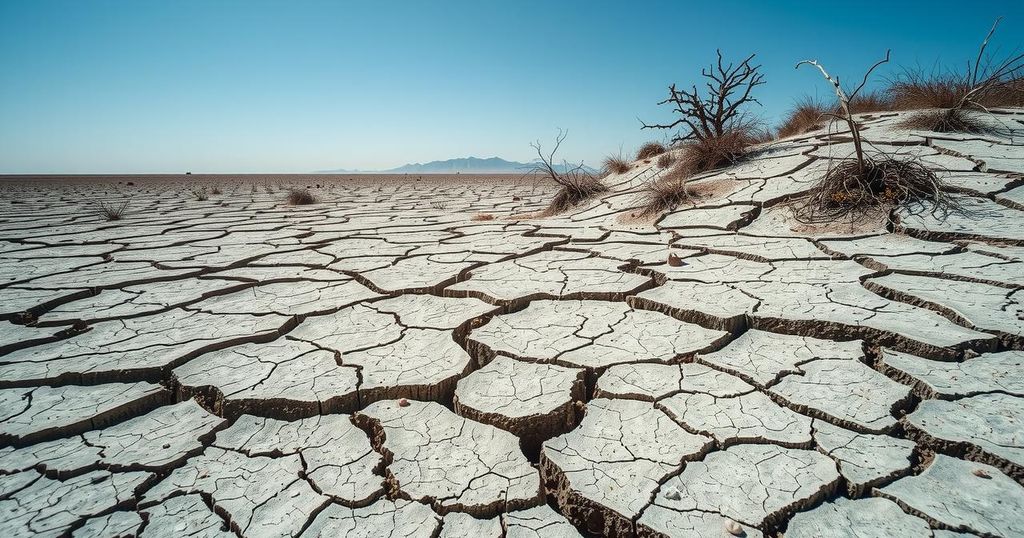The study by Marvel et al. examines drought conditions in Eurasia using tree ring data from the Great Eurasian Drought Atlas. It reveals that modern drought severity correlations are more closely tied to rising global temperatures than to natural variability. The research highlights significant regional differences in moisture trends across Eurasia from 1850 to 2020.
The challenges of discerning the contributions of natural hydroclimatic variability versus climate change to shifting drought conditions in Eurasia are complex. Researchers utilize sophisticated computer models to simulate historical climate patterns and identify abnormal drought phases, pinpointing factors such as temperature, precipitation, and land usage changes that influence these conditions. However, biases within these models may compromise the accuracy of drought assessments in certain regions.
Tree rings provide a historical record of climate variation, offering an additional method to model-based analyses of hydroclimate. In an investigation into drought patterns across Europe and Asia, Marvel et al. utilized tree ring data from the Great Eurasian Drought Atlas (GEDA), which encompasses records from thousands of trees growing between 1000 and 2020 CE.
The research team aggregated the GEDA data according to the regions delineated by the Intergovernmental Panel on Climate Change’s Sixth Assessment Report. By examining tree ring data from 1000 to 1849, they calculated preindustrial variations in the average Palmer Drought Severity Index (PDSI), a widely used drought risk metric, for each respective region. Subsequently, they evaluated whether these variations could account for modern PDSI levels from 1850 to 2020.
The findings revealed that in several regions, the alterations in modern PDSI are better attributed to the increase in global temperatures, implying that current drought conditions in the 21st century cannot solely be ascribed to natural variability. This study indicated a trend of decreasing aridity in eastern Europe, the Mediterranean, and Arctic Russia, while regions such as northern Europe, east-central Asia, and Tibet are experiencing greater precipitation.
It is essential to acknowledge that tree ring growth can also be influenced by non-climatic factors, although these influences are unlikely to have substantially biased the research outcomes. Databases like the GEDA typically focus on selectively sampled locations and tree species where climate largely governs tree growth characteristics.
In conclusion, the research conducted by Marvel et al. underscores the significant impact of climate change on drought conditions across Eurasia. The analysis of tree ring data indicates that modern drought severity is increasingly driven by rising temperatures rather than natural variability alone. The study’s findings are crucial for understanding presenting trends in drought patterns and informing future climate adaptation strategies.
Original Source: www.preventionweb.net






